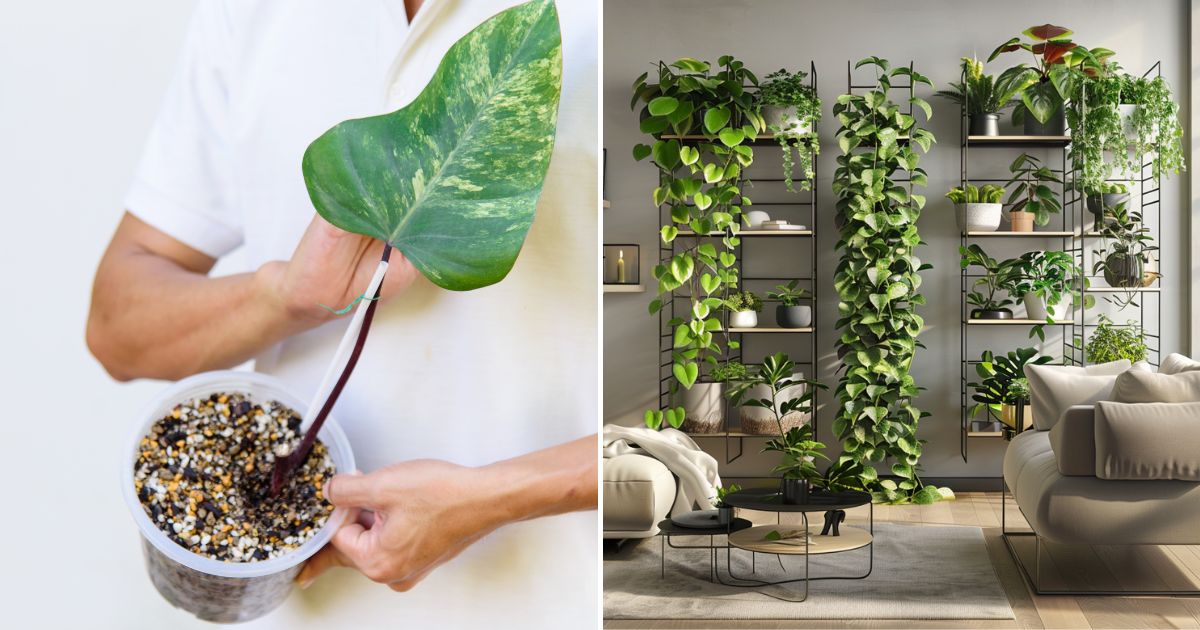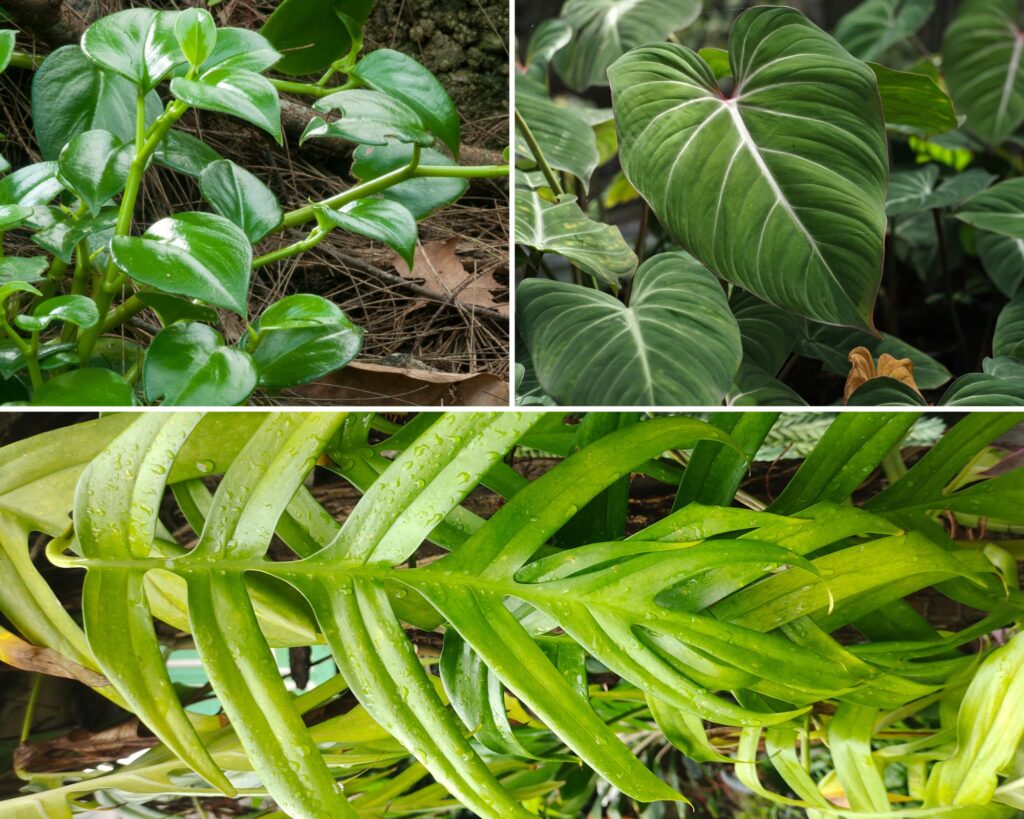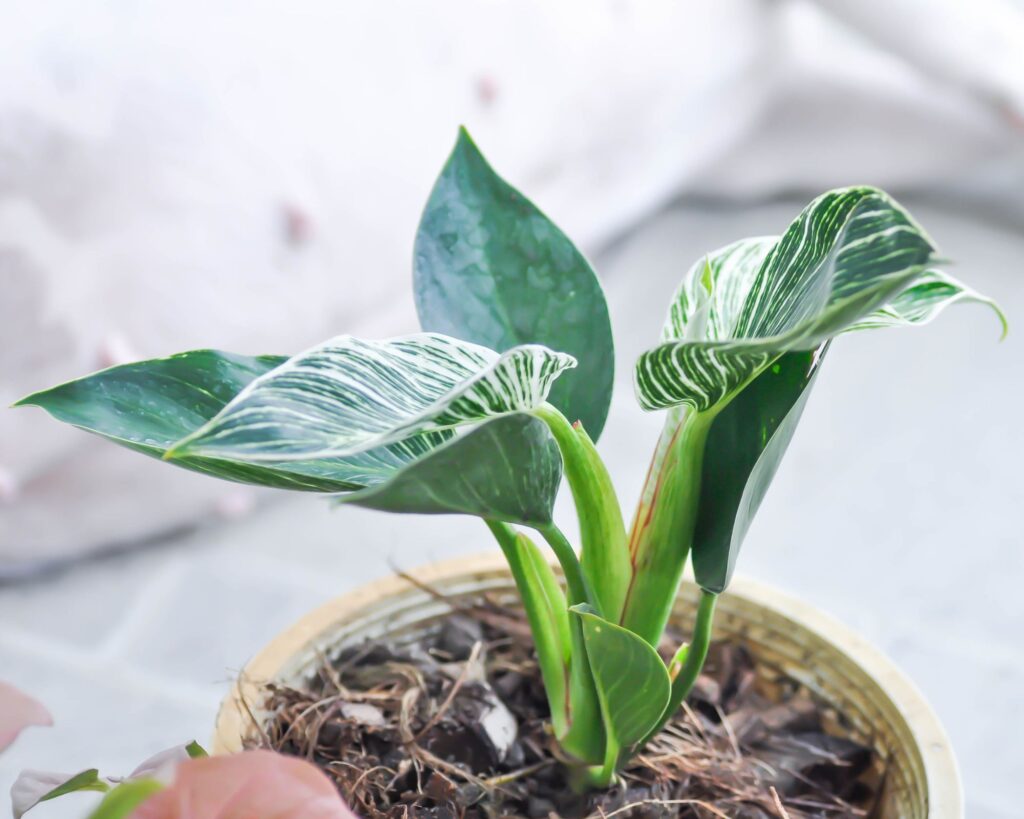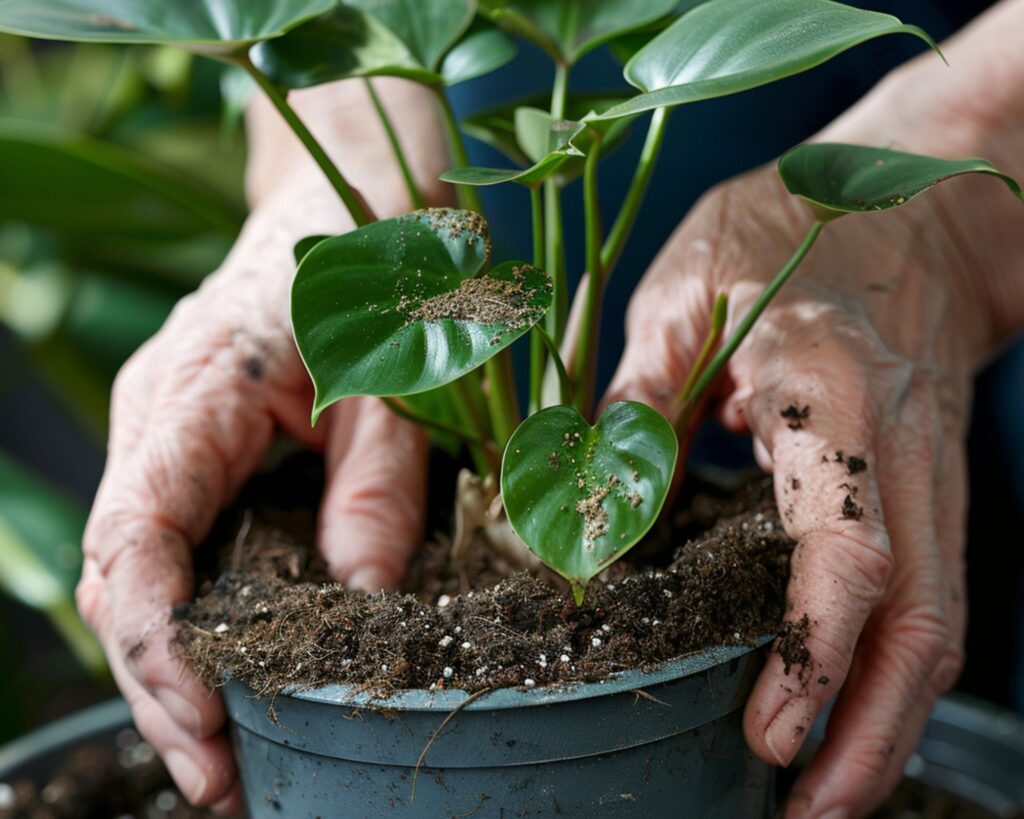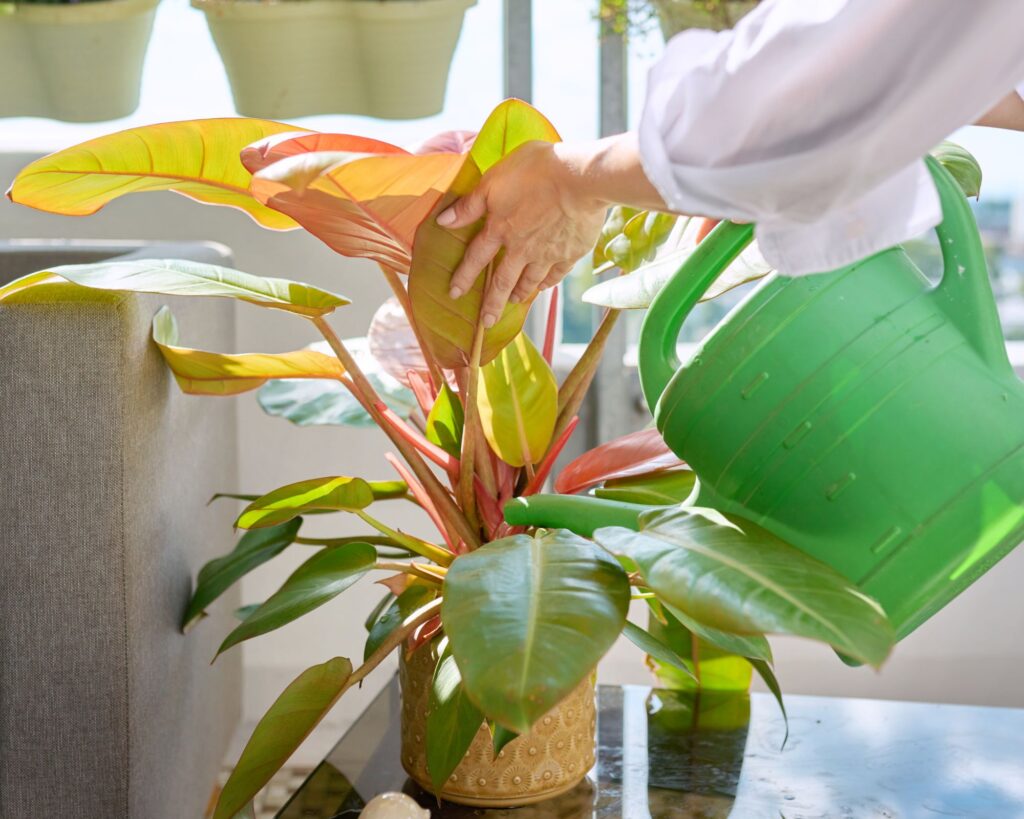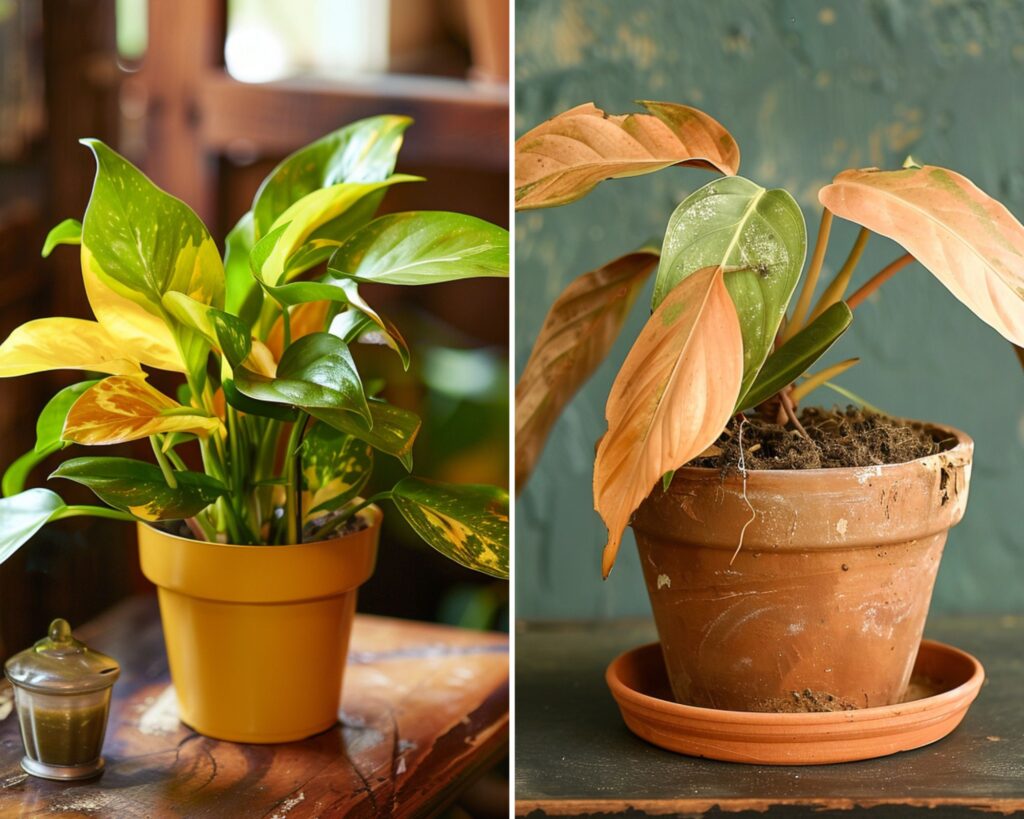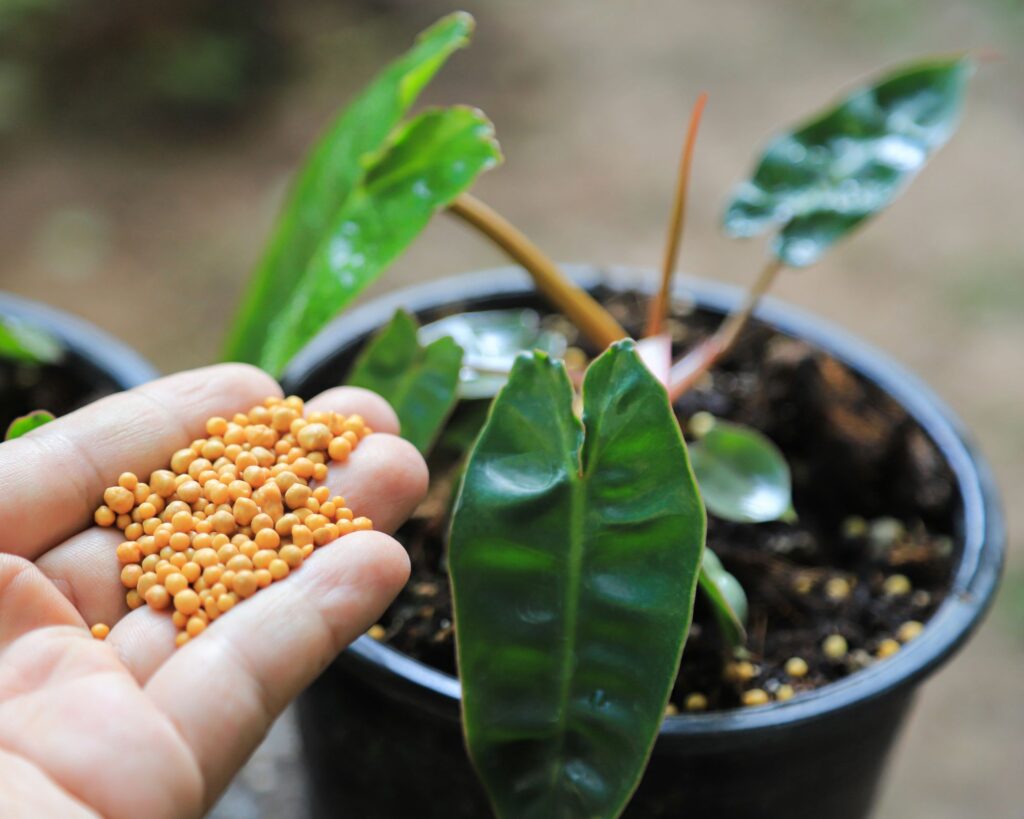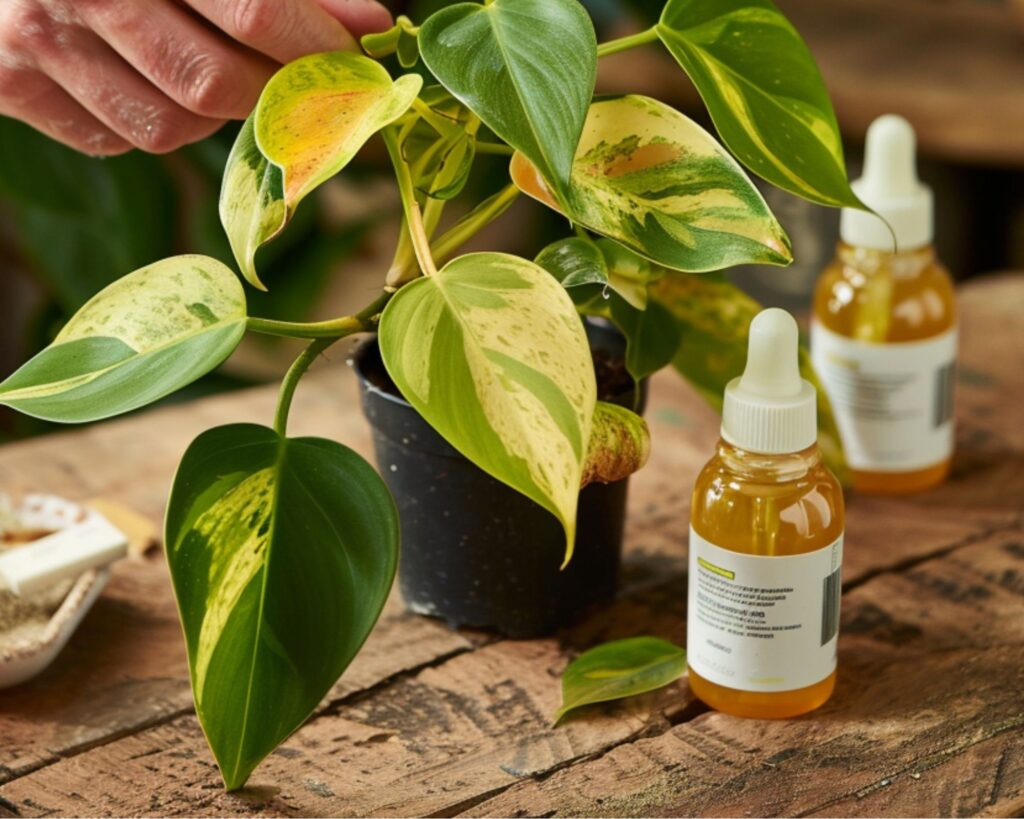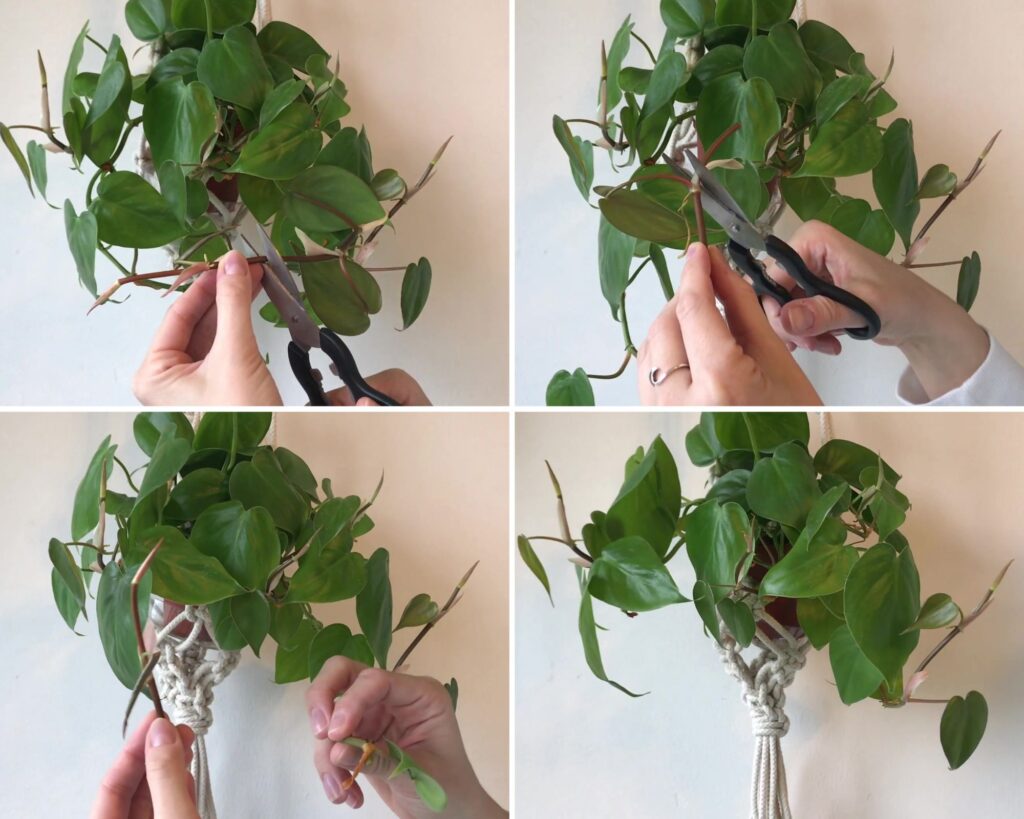Philodendrons are not just houseplants; they are living art pieces that transform your home into a lush, green paradise with minimal effort. Known for their striking foliage and easy-care nature, these plants are a favorite among both novice and experienced gardeners.
Imagine a plant that thrives with just the right touch of light, water, and humidity, making it perfect for any indoor setting.
Ready to dive into the world of philodendrons? Discover the secrets to keeping these beauties vibrant and healthy, from watering tips to soil choices, and turn your home into an indoor oasis.
Common Species and Their Characteristics
Philodendrons come in numerous species and hybrids, each with unique characteristics. Recognizing these can help you choose the right plant and ensure proper care.
Philodendron hederaceum (Heartleaf Philodendron) features heart-shaped leaves and is highly adaptable, growing well in low light. Ideal for beginners, this species can climb or trail from pots.
Philodendron gloriosum has large, velvety green leaves with white veins, requiring higher humidity. Known for its striking foliage, it needs bright, indirect light.
Philodendron selloum (Tree Philodendron) is appreciated for its massive, deeply lobed leaves. It prefers bright light and ample space to grow, making it suitable for larger indoor spaces.
| Species | Leaf Shape | Light Requirements | Special Features |
|---|---|---|---|
| Heartleaf Philodendron | Heart-shaped | Low to bright indirect | Good for trailing or climbing |
| Gloriosum | Large, velvety | Bright indirect | Striking foliage |
| Tree Philodendron | Deeply lobed | Bright light | Requires space |
Hybrid Varieties and Innovation
Hybrid Philodendrons are created by cross-breeding different species to produce plants with unique features. Popular hybrids include Philodendron ‘Birkin’ and Philodendron ‘Pink Princess’.
Philodendron ‘Birkin’ showcases dark green leaves with creamy-white pinstripes. This variety grows compactly, making it a great choice for tabletops.
Philodendron ‘Pink Princess’ shines with its dark green to almost black leaves and striking pink variegation. It requires bright, indirect light to maintain its vibrant colors.
Hybrid varieties often combine the best traits of their parent species, offering diverse options in size, leaf shape, and color. With ongoing innovation, new hybrids continue to emerge, providing even more choices for enthusiasts and collectors.
Ideal Environmental Conditions
Philodendrons thrive best when provided with proper light, temperature, and humidity. Ensuring these conditions are met will promote lush growth and vibrant foliage.
Light Requirements
Philodendrons flourish in bright, indirect light. Place them near east or west-facing windows where they can receive filtered light. Direct sunlight can scorch the leaves, so avoid placing them in full sun.
If natural light is limited, use fluorescent or LED grow lights. Keep the lights on for 12-16 hours daily to simulate natural light conditions.
Low light can cause leggy growth and pale leaves. Monitor the plant regularly to ensure it receives adequate light for healthy development.
Temperature and Humidity
Philodendrons prefer temperatures between 65°F and 80°F (18°C to 27°C). Avoid sudden temperature drops or drafts, as these can stress the plant.
Humidity is also crucial for philodendrons. Aim for humidity levels of 60% or higher. You can increase humidity by using a humidifier, placing a tray of water near the plant, or grouping plants together.
Regularly misting the leaves can also help maintain adequate moisture levels. Proper temperature and humidity will keep your philodendron healthy and thriving.
Planting and Repotting
Correct planting and repotting are crucial for maintaining a healthy philodendron. Focus on using an appropriate soil mix, selecting the right pot with proper drainage, and following specific repotting procedures to ensure success.
Suitable Soil Mix
Philodendrons thrive in a well-draining soil mix. You can create this by combining equal parts of peat moss, perlite, and pine bark. This mix ensures the soil retains moisture without becoming waterlogged.
Avoid heavy garden soils as they can suffocate the roots. Consider adding a small amount of activated charcoal to enhance drainage and prevent bacteria growth. Soil pH should be slightly acidic, ideally ranging from 5.5 to 6.0.
Pot Selection and Drainage
Choose a pot with adequate drainage holes at the bottom to prevent water accumulation. Terracotta pots are an excellent option as they allow better airflow to the roots.
Ensure the pot size is appropriate for your plant. A pot that is too large can hold excess moisture, risking root rot. Selecting a pot that’s just slightly larger than the current root ball is ideal.
Repotting Procedures
Repot your philodendron every 1-2 years. Start by gently removing the plant from its current pot and shaking off excess soil. Inspect the roots, trimming away any that appear dead or rotting.
Prepare your new pot with fresh soil mix and place the philodendron in the center. Fill in around the roots with more soil, pressing it down gently to eliminate air pockets. Water the plant thoroughly right after repotting.
Proper Watering Techniques
Philodendrons thrive with proper watering techniques. Key points include establishing a consistent schedule and monitoring signs of overwatering and underwatering.
Watering Schedule
Philodendrons need a watering routine to maintain ideal soil moisture. Water when the top inch of soil feels dry to touch. Usually, this is once a week, but it can vary depending on environmental conditions.
Check the soil moisture using your finger or a moisture meter. Water thoroughly until it drains out of the bottom, ensuring roots get enough hydration. Avoid letting the plant sit in standing water to prevent root rot.
Seasonal changes may alter the watering frequency. In summer, you might need to water more often, while in winter, reduce the frequency.
Signs of Overwatering and Underwatering
Overwatering often results in yellow leaves, mushy stems, and a foul odor from the soil. If you notice these signs, reduce the watering frequency and let the soil dry out completely before the next watering.
Underwatering symptoms include wilting, brown leaf edges, and dry soil that pulls away from the pot’s sides. If underwatering is suspected, increase the watering frequency slightly and ensure the water reaches the entire root system.
Inspect your philodendron regularly for these signs. Adjust your watering habits promptly to maintain plant health.
Nutrition and Fertilization
Philodendrons thrive with the right balance of nutrients. Proper fertilization ensures robust growth and vibrant leaves.
Fertilizer Types and Frequency
Use a balanced, water-soluble fertilizer, such as a 20-20-20 mix, to provide essential nutrients. Apply the fertilizer every 4-6 weeks during the growing season (spring and summer). In fall and winter, reduce the frequency to once every 8-10 weeks.
Slow-release fertilizers are also effective. They gradually release nutrients over several months, reducing the need for frequent applications.
Always follow the manufacturer’s instructions for dosage and application to avoid over-fertilizing, which can harm the plant.
Signs of Nutritional Deficiencies
Nutritional deficiencies manifest as various symptoms. Yellowing leaves often indicate nitrogen deficiency.
Pale or chlorotic leaves with green veins suggest iron deficiency. Poor growth may be a sign of phosphorus deficiency.
Regularly inspect your philodendron for these symptoms. Adjust your fertilization schedule and type accordingly to address any deficiencies.
Soil tests can also help you determine nutrient levels and guide your fertilization efforts.
Maintenance and Pruning
Proper maintenance and regular pruning are crucial for the healthy growth of your philodendron. This helps promote new growth and maintain the plant’s shape and size.
Pruning Methods
Pruning your philodendron is necessary to remove dead or yellowing leaves. This optimizes growth and prevents disease.
Begin by using sharp, clean shears to make precise cuts. Trim away any discolored or damaged foliage.
Focus on cutting just above a node, where new leaves and roots can emerge.
If your philodendron is growing too large, cut back some stems to control its spread.
Regular pruning also encourages bushier growth by promoting additional branching.
Always disinfect your tools before and after pruning to prevent the spread of pathogens.
Ensure the plant is kept in a well-ventilated area to promote faster healing of the cuts.
Growing and caring for a philodendron can be a rewarding experience for both novice and experienced plant enthusiasts. By providing the right balance of light, water, humidity, and nutrients, your philodendron will thrive, showcasing its beautiful foliage.
Understanding the specific needs of different philodendron species and hybrids allows you to tailor your care routine for optimal growth. Regular maintenance, including proper watering, fertilization, and pruning, ensures your plant remains healthy and vibrant.
With attention to environmental conditions and timely interventions, your philodendron will flourish, adding lush greenery and elegance to your indoor space.
